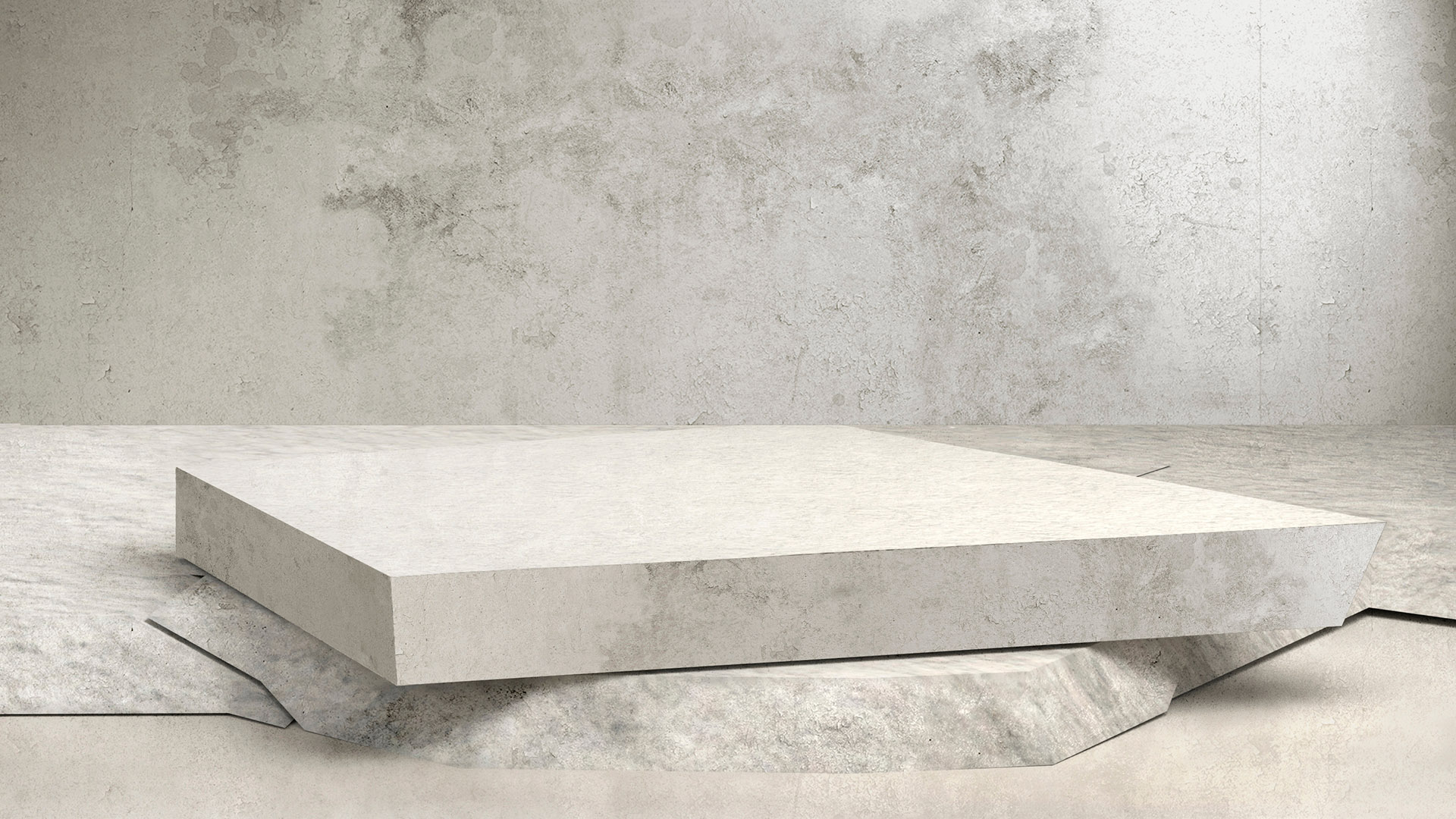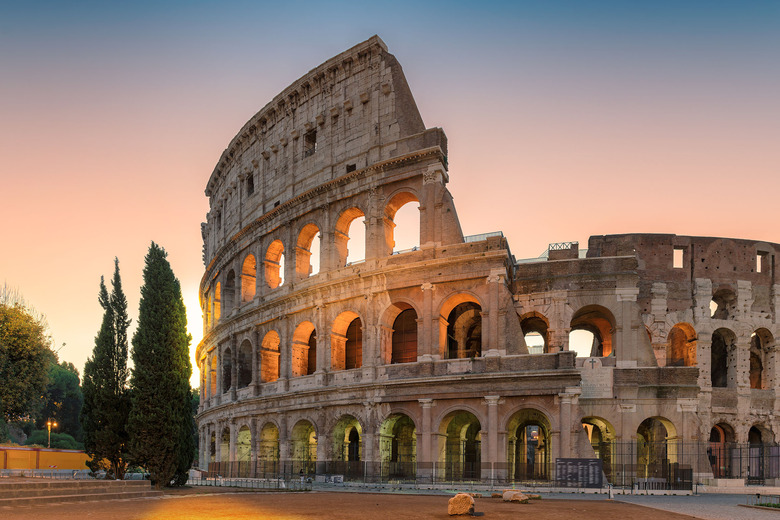Researchers Are Reinventing Concrete Using 2,000-Year-Old Secrets
Buildings built with concrete in ancient Rome continue to stand firm to this day. This has spurred many researchers to look for the key to Rome's success with concrete in the early days, and we may have finally discovered a major breakthrough. See, ancient Roman concrete is much stronger than the modern stuff we use these days.
Modern concrete is mainly based on Portland cement—which was created in England in the 19th century. However, Portland cement isn't nearly as strong as the stuff the ancient Romans used to use, and it also hurts the climate quite a bit thanks to the intensive and complex system used to create it, which is why engineers have tried to make concrete without cement in it.
Part of what sets ancient Roman concrete apart is its ability to heal itself. Unlike modern concrete, which is cheap and cracks over time, Roman concrete was much more resilient and has stood the test of time much better. However, we've never really been able to figure out exactly how they used to make it.
Sure, we've had a few ideas over the years, but one of those primary ideas—that clasts found in the samples we've collected over the years were mistakes—is currently being tested, as some scientists believe the "mistakes" may actually be part of the technology that made the entire thing work so well.

One of the biggest mysteries about ancient Roman concrete is how exactly they made it. We know that concrete derives its strength from a mixture we call calcium aluminate silicate hydrates, or CASH. But we don't know how Romans combined it all to get that mixture.
The traditional theory is that they heated limestone—similarly to how Portland cement is made—and then combined that with water. This created a dangerously reactive material called calcium oxide—or quicklime, depending on who you are. When combined with the water, the calcium oxide becomes slaked lime or calcium hydroxide. Finally, they would add something like volcanic ash to supply the silicon and aluminum needed to complete the CASH formula.
It is the clasts that sometimes appear due to this mixture that scientists believe were "bad workmanship." However, some researchers believe the opposite—that these deposits were likely the source of the ancient Roman concrete's self-healing ability. Considering we have seen new types of self-healing concrete popping up, we know that it is entirely possible.
Unfortunately, it's hard to prove that these chunks were left intentionally. But that hasn't stopped the researchers from looking for ways to create new additives that can bring some of the power of that ancient concrete to modern options, to hopefully generate stronger concrete that can heal itself.
